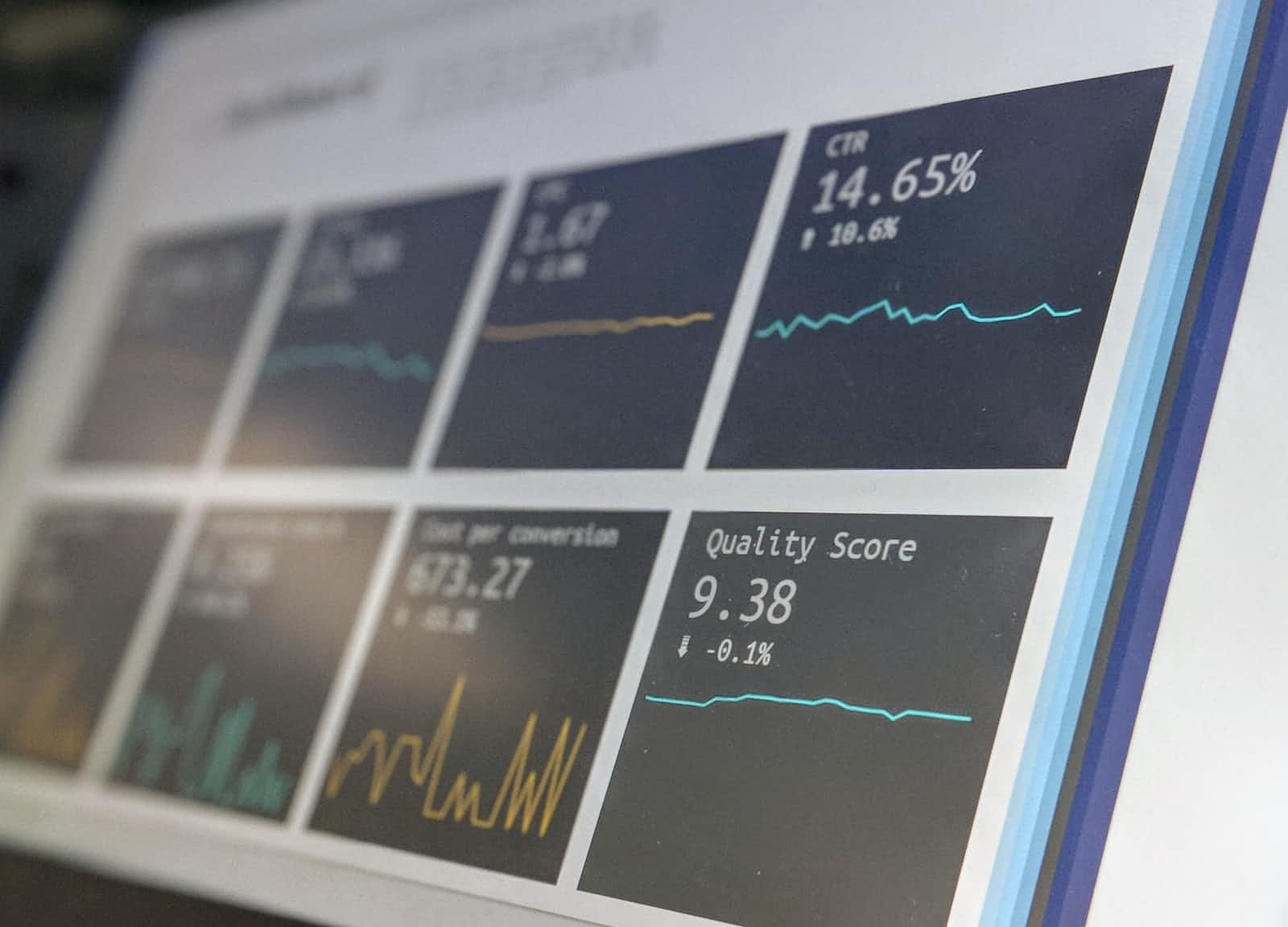Understanding Principal Component Analysis
 Rutvik Acharya
Rutvik Acharya
Introduction
Hey there fellow data enthusiasts! Have you ever struggled with datasets that have too many variables? Fear not, because dimensionality reduction is here to save the day! Simply put, dimensionality reduction is the process of reducing the number of variables in a dataset by cutting out the less important ones. But why is this important, you ask? For starters, high dimensional data can be computationally expensive, and also prone to errors such as overfitting. Additionally, dimensionality reduction can help with data visualization, making it easier for you and your team to understand and interpret the data. Now that we understand why dimensionality reduction is important let's dive deeper into one of the most popular methods - Principal Component Analysis (PCA).
Principal Component Analysis (PCA)
If you are dealing with datasets that have a lot of variables, Principal Component Analysis (PCA) is a technique that can simplify your life. PCA is a well-known statistical procedure that has been around for over a century, but it remains a popular method for dimensionality reduction in the field of data analytics. Definition of PCA: Put simply; PCA is a technique used to reduce the dimensionality of a dataset while retaining as much as possible of the original variance. In other words, it is a method of simplifying complex data by finding patterns and reducing the number of variables you need to work with. How PCA Works: The PCA algorithm creates new variables (also known as components) that are a linear combination of the original variables. These new components are chosen in such a way that they explain the maximum possible variance in the original dataset. By identifying the principal components with the most important contribution to the variance, we can prioritize the most relevant aspects of the data in our analysis. Applications of PCA: PCA has a multitude of applications in various fields, including but not limited to genetics, finance, image processing, and speech recognition. It can be used for anything from creating marketing strategies to diagnosing diseases, and everything in between. PCA can also be used to remove multicollinearity from regression models and reduce measurement error in data. In summary, PCA is a powerful and widely applicable technique that can help you make sense of complex datasets. By reducing the dimensions of your data, you can simplify your analysis and focus on the most important variables.
Steps in PCA
Now that we have a basic understanding of what Principal Component Analysis (PCA) is all about, let's dive into the nitty-gritty of the steps involved in implementing PCA! Step 1: Standardization The first step in PCA involves standardizing the data. Standardization is crucial in PCA because it transforms the data in such a way that all the variables have a unit variance of 1 and a mean of 0. We do this because PCA is sensitive to variances, and we do not want variables with high variances to dominate the analysis. Step 2: Covariance Matrix Computation Once we have standardized the data, our next step is to compute the covariance matrix. The covariance matrix includes the variances and covariance between all pairs of variables in the data set. The diagonal elements in the covariance matrix represent the variances of the variables, and the off-diagonal elements represent their respective covariances. Step 3: Eigendecomposition of Covariance Matrix In the third step, we perform an eigendecomposition of the covariance matrix. This process generates the eigenvectors and eigenvalues of the covariance matrix. The eigenvectors indicate the direction of maximum variance in the data set, and the eigenvalues represent the amount of variance explained by the eigenvectors. Step 4: Selection of Principal Components After we have the eigenvectors and eigenvalues, our next step is to select the principal components. The principal components correspond to the eigenvectors with the highest eigenvalues. These principal components form the basis of the transformed feature space. Step 5: Transformation of Data The final step in PCA is to transform the data onto the new feature space defined by the selected principal components. The transformed data now has fewer dimensions than the original data, which makes it much easier to visualize and analyze. Overall, PCA is a very powerful technique for dimensionality reduction, and it has many applications in various fields such as image processing, genetics, finance, and engineering. However, as with any technique, it has its limitations, which we will discuss in the next section. But first, let's take a moment to appreciate the beauty of data standardization and covariance matrix computations. Just kidding, I know it's not the most exciting stuff, but trust me, it's important!
Interpreting PCA Results
So, you've learned about Principal Component Analysis (PCA), but what's the point of it all if you can't interpret the results? Let's dive into the key aspects of interpreting PCA results. First up, we have the Scree plot, which displays the eigenvalues of each principal component. The plot shows the point at which diminishing returns in variance explained occur. Essentially, you want to look for the "elbow" in the plot to determine the optimal number of principal components. Next, we have the Loading plot, which displays the correlations between the original variables and the principal components. The plot allows you to see which variables are heavily weighted in each principal component. Then, we have the Biplot, which combines the information from the Scree and Loading plots into one figure. The plot represents the observations and variables simultaneously. Finally, we have the Correlation Circle Plot, which shows the correlation between variables in the original dataset. This plot is useful in determining which variables are strongly correlated and which ones can be removed without losing too much information. Overall, interpreting PCA results is crucial in understanding the impact of your data analysis. Don't get bogged down in the details, but instead, use these visual aids to gain quick insights with confidence.
Advantages of PCA
Let's face it, dealing with a large amount of data is like trying to walk a herd of cats. You don't know where to start, and the process seems daunting! Creating a model that provides a meaningful insight to extract the desired result from the data is therefore a necessity. This is where Principal Component Analysis (PCA) comes in handy. PCA helps you to reduce the number of dimensions of your data while retaining its essence. With smaller dimensions, models can be created easily, making it easy to interpret results. PCA reduces overfitting, thus, making the model more generalized. It also improves your model's performance by identifying the important components from a pool of noisy data. Besides, this method is easy to implement. Who doesn't enjoy a quick and efficient way of data reduction? PCA provides the perfect approach for dealing with those mammoth data sets without breaking your head. It's no wonder PCA is widely used in various fields.
Limitations of PCA
Limitations of PCA: Although PCA is useful for dimensionality reduction, it has some limitations. One of the drawbacks of PCA is the loss of information. Since the method focuses on finding the most significant variance, some smaller variations might get discarded. Moreover, PCA is unable to handle non-linear data and may result in incorrect assumptions. Lastly, PCA is sensitive to outliers and may lead to incorrect or biased results. Therefore, it is important to use other techniques in combination with PCA to overcome these limitations.
Conclusion
So, there you have it! We have covered a lot of ground on Principal Component Analysis. To summarize, PCA is a powerful technique for reducing the dimensionality of data. It works by identifying the most important patterns and correlations in the data and projecting the data onto a lower-dimensional space. PCA has a wide range of applications in many fields, including machine learning, data mining, and image processing. It offers many advantages such as reduced dimensionality, improved model performance, reduced overfitting, and ease of implementation. However, it also has some limitations, including loss of information, inability to handle non-linear data, and sensitivity to outliers. Despite its limitations, PCA remains a powerful and widely used technique for dimensionality reduction. In the future, we can expect to see further advancements in this field as researchers continue to find new ways to optimize and improve PCA and other related techniques.
Subscribe to my newsletter
Read articles from Rutvik Acharya directly inside your inbox. Subscribe to the newsletter, and don't miss out.
Written by
